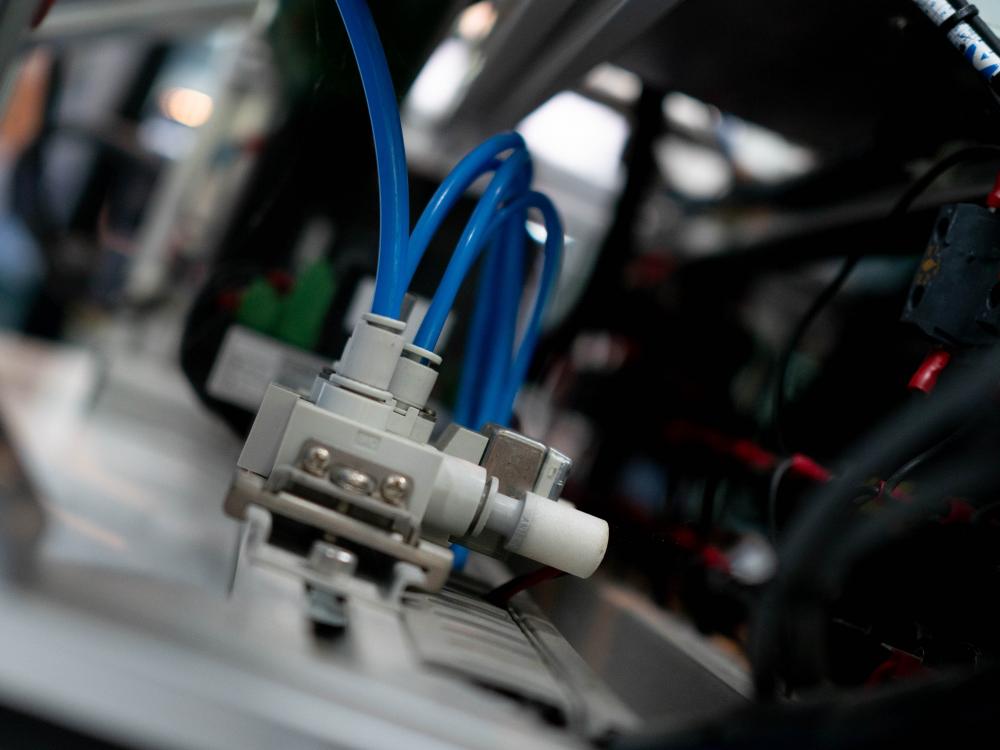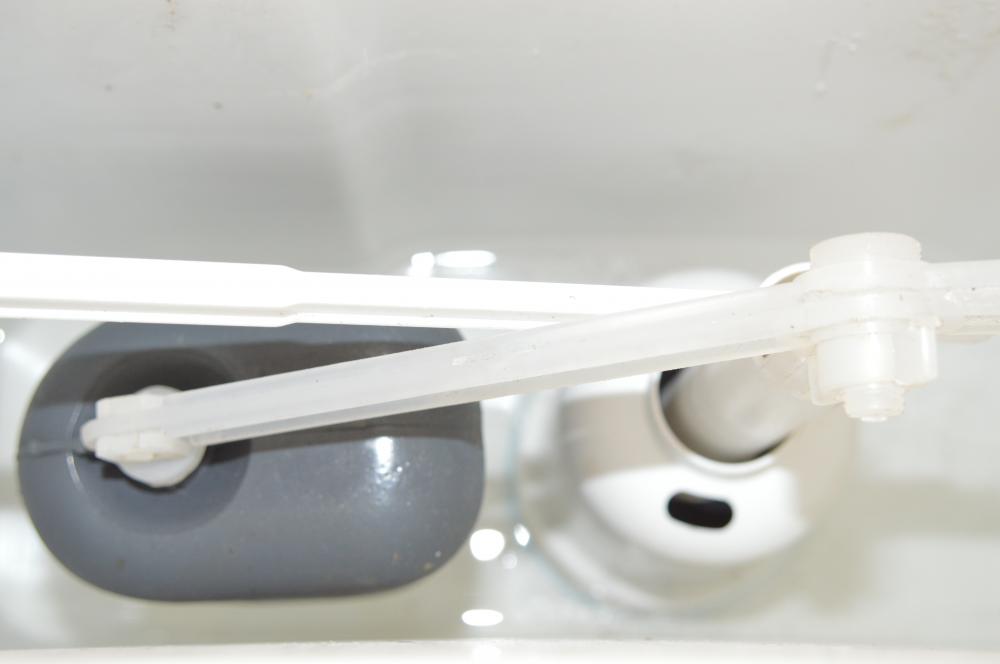Low Flow Peristaltic Pump

Introduction
At APT Instruments, we pride ourselves on offering innovative solutions and providing essential support to our customers, ensuring they have the best tools and knowledge at their disposal. One of the key products that our customers frequently inquire about is the low flow peristaltic pump. This equipment is a cornerstone for various applications, ranging from laboratory research to industrial processes.
What Is a Low Flow Peristaltic Pump?
A low flow peristaltic pump is a type of positive displacement pump used to transfer fluids in controlled, low flow rates. The unique aspect of this pump lies in its design, which minimizes contamination as the fluid only contacts the pump tubing, not the pump itself. This makes it an ideal choice for sterile applications or when handling aggressive chemicals.
Its principle of operation involves a rotor that compresses a length of tubing, generating a vacuum that pulls fluid through the tube. As the rotor turns, it pushes the fluid ahead, allowing for precise control over the flow rate. This simplicity in design and operation makes the low flow peristaltic pump a preferred option for many of our clients at APT Instruments.
Benefits of Using Low Flow Peristaltic Pumps
Choosing a low flow peristaltic pump offers several advantages, especially for applications requiring precision and cleanliness. Here are a few benefits:
- Accuracy: They provide accurate and repeatable flow rates, essential in applications like dosing and sampling.
- Versatility: These pumps can handle a wide range of fluids, including corrosive, viscous, or sterile substances, without risk of cross-contamination.
- Maintenance: With fewer moving parts in contact with the fluid, they are easier to maintain and clean, resulting in longer operational life.
Selecting the Right Pump
At APT Instruments, we understand that selecting the right low flow peristaltic pump can be a daunting task. It's not just about the pump's flow rate; consideration of the fluid's properties, the environment in which the pump will operate, and the specific requirements of the application are crucial.
To assist in this process, our team is dedicated to understanding each customer's unique needs. Whether you're dealing with high-viscosity fluids or require a pump for a sterile pharmaceutical process, we are here to help you find the perfect fit.
Applications of Low Flow Peristaltic Pumps
Research and Laboratory Work
In the controlled environment of a laboratory, precision and contamination prevention are paramount. Low flow peristaltic pumps excel in these settings, facilitating accurate fluid transfer and sampling.
Medical and Pharmaceutical Applications
These pumps are indispensable in medical devices and pharmaceutical processes. Their ability to handle sterile fluids without contamination is crucial for patient safety and product integrity.
Industrial Processing
From food and beverage production to chemical manufacturing, low flow peristaltic pumps offer the versatility and reliability needed for various industrial applications.
Choosing APT Instruments for Your Pumping Needs
With a commitment to quality and customer service, APT Instruments stands out as your go-to source for technical instruments, including low flow peristaltic pumps. Our wide selection, combined with expert advice and support, ensures that you'll find the right solution for your specific requirements.
We encourage our customers to engage with us, sharing their challenges and questions. This collaborative approach allows us to offer not just products but solutions that truly meet the needs of those we serve.
Conclusion
APT Instruments has been dedicated to providing reliable, high-quality solutions since 2000. Our expertise in low flow peristaltic pumps and other technical instruments makes us a trusted partner in your success. We invite you to explore our offerings and reach out with any questions or for further assistance in selecting the perfect product for your application.
Remember, our goal is to not just supply you with a product but to ensure you have the right tools and knowledge for your needs. Thank you for considering APT Instruments. We look forward to serving you.

What Makes Low Flow Peristaltic Pumps Ideal for Sterile Applications?
Low flow peristaltic pumps shine in sterile applications due to their design, where the fluid only contacts the tubing and not the pump itself. This significantly minimizes the risk of contamination, a crucial factor in medical and pharmaceutical fields where purity and cleanliness are paramount. Imagine you're working in a lab and need to transfer a sample without compromising its integrity; a low flow peristaltic pump is your go-to equipment. It's akin to having a dedicated, sterile path for each fluid without the hassle of cleaning the pump between transfers. The simplicity yet effectiveness of this design makes these pumps indispensable in settings that demand sterility.
Do you think a low flow peristaltic pump could enhance your project's cleanliness and efficiency? Let us know your thoughts or questions!
How Can Accurate and Repeatable Flow Rates Benefit My Application?
Accuracy and repeatability are the cornerstones of successful experiments and processes, especially in dosing and sampling applications. With a low flow peristaltic pump, you're not just moving fluid; you're precisely controlling the volume and flow rate, ensuring every drop is accounted for. This precision is crucial, for example, in chemical reactions where the exact concentration of a reagent can dictate the outcome. Or, consider a pharmaceutical application where dosing accuracy directly impacts patient safety. The benefits extend beyond the lab; even in industrial processes, such as food and beverage production, maintaining consistent quality relies heavily on the accurate addition of ingredients. Thus, the ability to deliver precise, repeatable flow rates can be a game-changer for many applications.
Are you facing challenges that could be solved by more precise fluid control? We're here to help.
What Should I Consider When Selecting a Low Flow Peristaltic Pump for My Application?
Selecting the right low flow peristaltic pump extends beyond mere flow rate considerations. It's about understanding the fluid's characteristics, the environmental conditions, and the specific requirements of your application. For instance, if you're working with aggressive chemicals, you'd need tubing material that can withstand that aggression without degrading. Or, if precision at very low flow rates is crucial, you'll want a pump that excels in minimizing pulsation. It's much like picking a team member; you wouldn't just go for anyone who can do the job, but the one who will do it best under the given circumstances. At APT Instruments, we dive deep into your project's needs to ensure the pump you select is not just adequate but optimal for your work.
Feeling overwhelmed by the options? Let's discuss what you need, and we'll guide you through the selection process.
Can Low Flow Peristaltic Pumps Handle Viscous Fluids?
Absolutely, low flow peristaltic pumps are quite versatile and can transfer a wide array of fluids, including those with high viscosity. The key lies in choosing the right tubing material and pump size to ensure efficient handling of such fluids. Imagine trying to sip a thick milkshake through a narrow straw; it requires more effort compared to a wider straw. Similarly, the pump's tubing needs to match the fluid's viscosity to maintain efficiency and accuracy. This capability opens the door to applications like food processing, where products may vary greatly in viscosity. Whether it's a delicate serum or a thick cream, there's a low flow peristaltic pump setup that can handle it.
Curious about how a low flow peristaltic pump could streamline your viscous fluid handling? Reach out, and let's talk specifics.
How Do I Maintain My Low Flow Peristaltic Pump to Ensure Longevity?
Maintenance of a low flow peristaltic pump is notably straightforward, primarily due to its minimal contact with the fluid. Regular checks and replacing the tubing as needed can significantly prolong your pump's life. It's like taking care of a car; regular oil changes keep it running smoothly. Similarly, keeping an eye on the tubing for wear and ensuring the pump operates within its recommended parameters will help maintain optimal performance. Beyond this, periodic cleaning of the pump's exterior and any non-fluid contact parts will keep it in top condition. The beauty of these pumps lies in their simplicity, both in operation and maintenance, ensuring they serve your needs for years to come.
Wondering about specific maintenance tips for your pump? We've got a wealth of advice to share.
Resources
- FDA - U.S. Food and Drug Administration: The FDA website provides information on regulations and guidelines for medical and pharmaceutical applications where low flow peristaltic pumps are used.
- NCBI - National Center for Biotechnology Information: NCBI offers valuable resources on laboratory research and scientific studies where low flow peristaltic pumps play a crucial role in fluid transfer.
- WHO - World Health Organization: The WHO website includes information on the importance of sterile applications in medical processes, emphasizing the need for reliable pumping equipment like low flow peristaltic pumps.
- EPA - Environmental Protection Agency: The EPA provides insights into the industrial applications of low flow peristaltic pumps, ensuring compliance with environmental regulations and safety standards.

